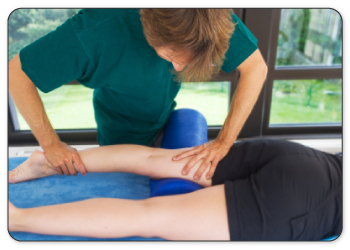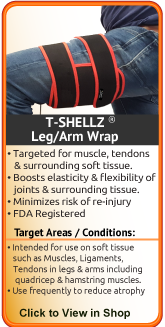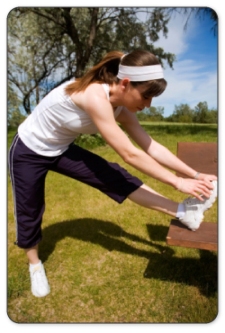|
| Tight Hamstring MusclesTight Hamstring Causes
Tight Hamstring Symptoms Tight hamstring muscles do not have many symptoms, however, there may be physical indicators that suggest you have tight hamstring muscles.
Treating a Tight Hamstring MuscleTight hamstring are frustrating to live with especially when trying to run or participate in sports. Regular massaging and stretching of the hamstrings is a great way to loosen the muscles to prevent tightness, as well as preparing them before activity. There are also home treatment options - passive hamstring stretching (assigned by your physician or physical therapist), and most importantly, the Leg TShellz Wrap® - a powerful home treatment medical device to heat soft tissue (ie. your hamstring). Heat from the TShellz Wrap® stimulates local blood flow in the area, temporarily improving the body's localized healing response to help rehab damaged muscles, tendons and ligaments. Heat from a TShellz treatment will increase flexibility and length of your hamstrings and tendons, so if you apply a TShellz Wrap® before activity, you will reduce the risk of straining your hamstrings (and other soft tissue) as the treatment has "warmed them up". Over time, increased stretching without the accompanying re-straining will give you the ability to achieve longer hamstrings, reducing the risk of hamstring muscle injury and chronic tightness. Learn more about Tight Hamstring Treatments here Product Advisors are available 9:00 am to 5:00 pm Eastern Standard Time Monday to Friday. Learn More About Hamstring Injuries & TreatmentsI want to learn more about Hamstring Post-Surgery Recovery I want to learn more about the TShellz® Circulatory Boost Wrap I want to learn more about Ice & Heat: Which Is Better For Treatment? I want to learn more about Stretching for the Hamstring I want to learn more about Soft Tissue Injury Treatments During your recovery, you will probably have to modify and/or eliminate any activities that cause pain or discomfort at the location of your soft tissue injury until the pain and inflammation settle. Always consult your doctor and/or Physical Therapist before using any of our outstanding products, to make sure they are right for you and your condition. The more diligent you are with your treatment and rehabilitation, the faster you will see successful results! |
    |
